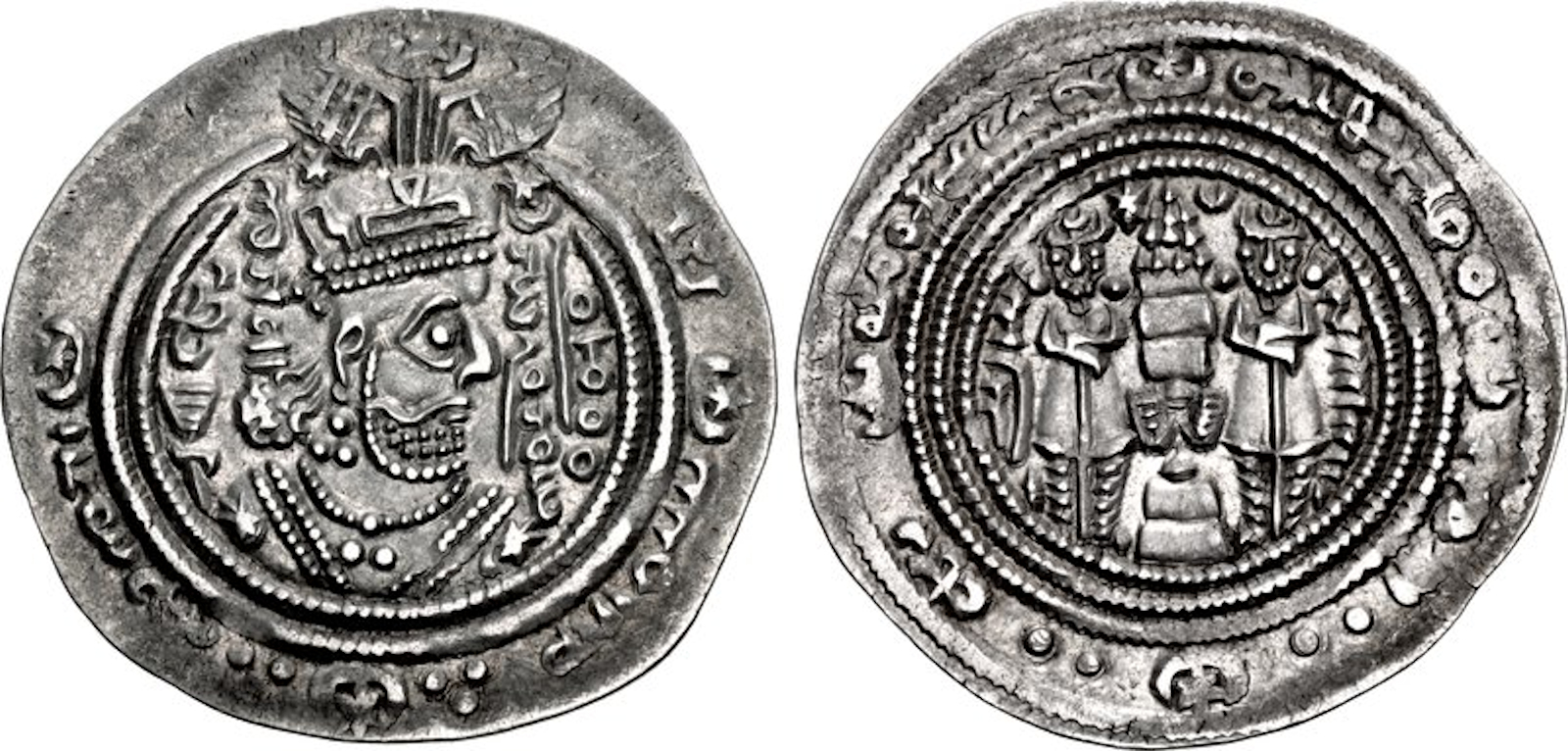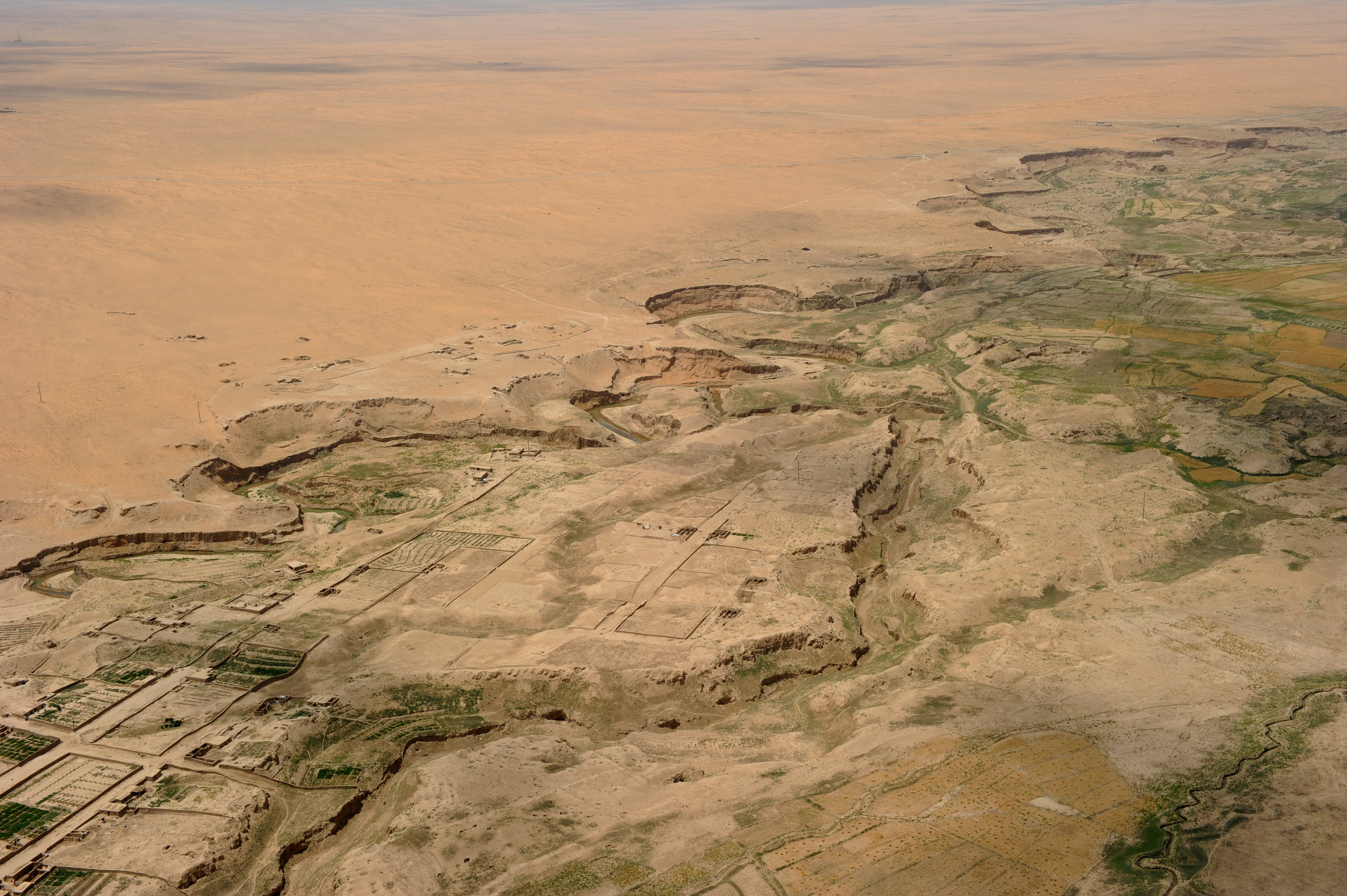Juzjan on:
[Wikipedia]
[Google]
[Amazon]
 Guzgan ( fa, گوزگان, also known as Gozgan, Guzganan or Quzghan, in Arabic Juzjan or Juzjanan) was a
Guzgan ( fa, گوزگان, also known as Gozgan, Guzganan or Quzghan, in Arabic Juzjan or Juzjanan) was a
 The boundaries of Guzgan were never well defined and fluctuated wildly over time. They certainly bear no relation to the modern administrative boundaries of
The boundaries of Guzgan were never well defined and fluctuated wildly over time. They certainly bear no relation to the modern administrative boundaries of
 Guzgan ( fa, گوزگان, also known as Gozgan, Guzganan or Quzghan, in Arabic Juzjan or Juzjanan) was a
Guzgan ( fa, گوزگان, also known as Gozgan, Guzganan or Quzghan, in Arabic Juzjan or Juzjanan) was a historical region
Historical regions (or historical areas) are geographical regions which at some point in time had a cultural, ethnic, linguistic or political basis, regardless of latterday borders. They are used as delimitations for studying and analysing soc ...
and early medieval principality in what is now northern Afghanistan
Afghanistan, officially the Islamic Emirate of Afghanistan,; prs, امارت اسلامی افغانستان is a landlocked country located at the crossroads of Central Asia and South Asia. Referred to as the Heart of Asia, it is bordere ...
.
Etymology
The area was known as "Guzgan" or in the plural form "Guzganan", whence Arabic "Juzjan"/"Juzjanan". OrientalistVladimir Minorsky
Vladimir Fyodorovich Minorsky (russian: Владимир Фёдорович Минорский; – March 25, 1966) was a Russian Orientalist best known for his contributions to the study of Persian, Lurish and Kurdish history, geography, ...
derived the name from a word meaning "walnut
A walnut is the edible seed of a drupe of any tree of the genus ''Juglans'' (family Juglandaceae), particularly the Persian or English walnut, '' Juglans regia''.
Although culinarily considered a "nut" and used as such, it is not a true ...
", a product for which the area is still known today. The 19th-century scholar Henry George Raverty
Henry George Raverty (31 May 1825 – 20 October 1906) was an officer and linguist in the British Indian Army.
Life
Raverty was born in Falmouth, Cornwall.
He served from 1843 to 1864, rising to the rank of Major in the 3rd Bombay Native Infan ...
suggested that the plural form emerged from the division of the country in two parts by the river Murghab.
Geography
 The boundaries of Guzgan were never well defined and fluctuated wildly over time. They certainly bear no relation to the modern administrative boundaries of
The boundaries of Guzgan were never well defined and fluctuated wildly over time. They certainly bear no relation to the modern administrative boundaries of Jowzjan Province
Jowzjan, sometimes spelled Jawzjan or Jozjan (Dari: ), is one of the thirty-four provinces of Afghanistan, located in the north of the country bordering neighboring Turkmenistan. The province is divided into 11 districts and contains hundreds of v ...
, named after it, or the neighbouring Faryab Province
Faryab (Dari: ) is one of the thirty-four provinces of Afghanistan, which is located in the north of the country bordering neighboring Turkmenistan. It has a population of about 1,109,223, which is multi-ethnic and mostly a tribal society. The pr ...
, but historically included the lands around the towns of Maymana
Maymana ( Persian/ Uzbek/Pashto: میمنه) is the capital city of Faryab Province in northwestern Afghanistan, near the Turkmenistan border. It is approximately northwest of the country's capital Kabul, and is located on the Maymana River, wh ...
(capital of Faryab province), Andkhuy, Shibarghan
Sheberghān or Shaburghān ( Uzbek, Pashto, fa, شبرغان), also spelled ''Shebirghan'' and ''Shibarghan'', is the capital city of the Jowzjan Province in northern Afghanistan.
The city of Sheberghan has a population of 175,599. It has four ...
(capital of Jowzjan Province) and Sar-e Pol (capital of the namesake province). Lying on the transition zone between the Central Asia
Central Asia, also known as Middle Asia, is a subregion, region of Asia that stretches from the Caspian Sea in the west to western China and Mongolia in the east, and from Afghanistan and Iran in the south to Russia in the north. It includes t ...
n steppes
In physical geography, a steppe () is an ecoregion characterized by grassland plains without trees apart from those near rivers and lakes.
Steppe biomes may include:
* the montane grasslands and shrublands biome
* the temperate grassland ...
and the Iranian Plateau
The Iranian plateau or Persian plateau is a geological feature in Western Asia, Central Asia, and South Asia. It comprises part of the Eurasian Plate and is wedged between the Arabian Plate and the Indian Plate; situated between the Zagros ...
, the region was characterized by a mixture of sedentary, urban populations in the fertile river valleys, alongside nomad
A nomad is a member of a community without fixed habitation who regularly moves to and from the same areas. Such groups include hunter-gatherers, pastoral nomads (owning livestock), tinkers and trader nomads. In the twentieth century, the po ...
tribes engaged in pastoralism
Pastoralism is a form of animal husbandry where domesticated animals (known as " livestock") are released onto large vegetated outdoor lands (pastures) for grazing, historically by nomadic people who moved around with their herds. The a ...
, which is singled out as the region's main source of wealth by medieval geographers. Its location also meant that it was often used as a route for armies marching to and from Iran to Central Asia.
History
In the early 7th century, the region of Guzgan was counted as part of Tokharistan. As attested by legal documents that have tentatively been dated to the late 7th and early 8th century, the area was controlled by a local family that used the country Gozgan as the dynastic name, a custom of the era. Several are named, including Zhulad Gozgan, and Skag Gozgan, presumably one of his successors. The Kingdom of Rob, in which numerous documents in Bactrian language were found, was located to the southeast of the Kingdom of Guzgan.Arab conquest
Guzgan was conquered by theArabs
The Arabs (singular: Arab; singular ar, عَرَبِيٌّ, DIN 31635: , , plural ar, عَرَب, DIN 31635: , Arabic pronunciation: ), also known as the Arab people, are an ethnic group mainly inhabiting the Arab world in Western Asia, ...
under al-Ahnaf ibn Qays in 653/4, as part of the Muslim conquest of Persia
The Muslim conquest of Persia, also known as the Arab conquest of Iran, was carried out by the Rashidun Caliphate from 633 to 654 AD and led to the fall of the Sasanian Empire as well as the eventual decline of the Zoroastrian religion.
Th ...
. But during the rule of the Rashidun caliph Ali (656–661), the Arabs were expulsed from eastern Iran, as far as Nishapur and the Sasanian Peroz III
Peroz III ( pal, 𐭯𐭩𐭫𐭥𐭰 ''Pērōz''; ) was son of Yazdegerd III, the last Sasanian King of Kings of Iran. After the death of his father, who legend says was killed by a miller at the instigation of the governor of Marw, he retreated ...
was able to establish some level of control with the help of the yabghu of Tokharistan in Seistan."The definitive annexation of Tokharistan and Gandhara to the Western Türk Empire was to take place some years later, in c. 625, when Sasanian Iran became involved in the war against Byzantium that ultimately led to its eclipse." in The Western Turkic Khaganate
The Western Turkic Khaganate () or Onoq Khaganate ( otk, 𐰆𐰣:𐰸:𐰉𐰆𐰑𐰣, On oq budun, Ten arrow people) was a Turkic khaganate in Eurasia, formed as a result of the wars in the beginning of the 7th century (593–603 CE) after t ...
itself was taken over by the Tang Dynasty
The Tang dynasty (, ; zh, t= ), or Tang Empire, was an imperial dynasty of China that ruled from 618 to 907 AD, with an interregnum between 690 and 705. It was preceded by the Sui dynasty and followed by the Five Dynasties and Ten Kingdom ...
in 657 CE, and most of his territories became protectorates of the Tang Empire, and organized into regional commanderies, as was the case for the region of Guzgan.
In 737, the area was the site of the decisive Battle of Kharistan between the Arabs under Asad ibn Abdallah al-Qasri
Asad ibn Abdallah al-Qasri (; died 738) was a prominent official of the Umayyad Caliphate, serving twice as governor of Khurasan under the Caliph Hisham ibn Abd al-Malik. The descendant of a prominent Arab family, he was the brother of Khalid al- ...
, and the Turgesh under the '' khagan'' Suluk. In 743, the Alid Yahya ibn Zayd, son of Zayd ibn Ali, rose in revolt but was defeated and killed at Guzgan by the Umayyad
The Umayyad Caliphate (661–750 CE; , ; ar, ٱلْخِلَافَة ٱلْأُمَوِيَّة, al-Khilāfah al-ʾUmawīyah) was the second of the four major caliphates established after the death of Muhammad. The caliphate was ruled by the ...
governor, Nasr ibn Sayyar. His tomb was later a site of pilgrimage. In Abbasid
The Abbasid Caliphate ( or ; ar, الْخِلَافَةُ الْعَبَّاسِيَّة, ') was the third caliphate to succeed the Islamic prophet Muhammad. It was founded by a dynasty descended from Muhammad's uncle, Abbas ibn Abdul-Muttalib ...
times, the local governor resided in Anbar, possibly modern Sar-e Pol, but other accounts mention Shibarghan as the capital, and the geographers al-Muqaddasi and Yaqut al-Hamawi
Yāqūt Shihāb al-Dīn ibn-ʿAbdullāh al-Rūmī al-Ḥamawī (1179–1229) ( ar, ياقوت الحموي الرومي) was a Muslim scholar of Byzantine Greek ancestry active during the late Abbasid period (12th-13th centuries). He is known for ...
considered al-Yahudiyya (modern Maynama) as the capital.
Farighunids
Despite the Arab conquest, a native dynasty, theFarighunids
The Farighunids were an Iranian dynasty that ruled Guzgan (modern-day northern Afghanistan) in the late 9th, 10th and early 11th centuries. They were ultimately deposed by the ruler of the Ghaznavid Empire, Sultan Mahmud ().
Background
Accordi ...
, who claimed descent from the Persian mythological hero Faridun and bore the title of ''Guzgan-Khudha'', continued to rule from their capital, Kundurm. They became vassals of the Samanids People
Samanid
Samanid
Samanid
The Samanid Empire ( fa, سامانیان, Sāmāniyān) also known as the Samanian Empire, Samanid dynasty, Samanid amirate, or simply as the Samanids) was a Persianate Sunni Muslim empire, of Iranian dehqan orig ...
and then of Mahmud of Ghazni, one of whose daughters married the Farighunid emir Abu'l-Abbas Ma'mun Farighun. The latter was assassinated by his own troops in 1016, however, and Mahmud gave rule of the region to his chamberlain, Yalangtush. The Farighunids were notable as patrons of the arts and literature; the most notable product of their court is the anonymous geographical work '' Hudud ul-'alam min al-mashriq ila al-maghrib''.Vladimir Minorsky, Vasiliĭ Vladimirovich Bartolʹd, Clifford Edmund Bosworth. ''Hudūd al-ʻĀlam; "The regions of the world": a Persian geography, 372 A.H.-982 A.D.'' Luzac, 1970
See also
* Al-JuzjaniReferences
Sources
* * * * {{cite journal , last1=Sims-Williams , first1=Nicholas , date=2001 , title=Bactrian Legal Documents from 7th- and 8th-Century Guzgan , jstor=24049036 , journal=Bulletin of the Asia Institute , volume=15 , pages=9–29 Former countries in Asia Historical regions